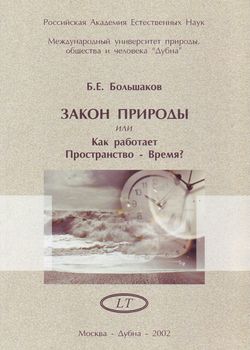Petrov Andrey Evgenievich, Doctor of Technical Sciences, Federal State Budgetary Educational Institution of Higher Education NSTU “MISiS”
Abstract
In 1981, the author investigated the dependence of power on changing the connection of branches in an electrical network (circuit). Let there be current and voltage sources with the same power in separate, unconnected branches. The sum of the powers of the current sources is equal to the sum of the powers of the voltage sources. A well-known property of non-amplification (Volaver’s theorem) is that the magnitude of the voltage on the branches is not higher than the sum of the voltage on the sources. When connecting branches, the power (product of voltage and current) dissipated on the branches of the connected network from current sources decreases. Similarly, when connecting branches, the power dissipated on the branches of the connected network from voltage sources decreases. It turned out that if individual branches are connected to a network, then half of the sum of the powers of current and voltage sources is dissipated in it. The question arose – where is the other half of the power? Where power disappears is the title of a section in the author’s 1985 book Tensor Methodology in Systems Theory. It turned out that the other half of the power is in a dual network in which closed and open paths are reversed. A loop in one network corresponds to an open path in the dual network, and vice versa. The constancy of power when changing the structure, changing the connection of branches, is a consequence of the invariant of the duality of networks. Or vice versa?
KEYWORDS: law of conservation of energy flow, scientific discovery, tensors, dual networks.
Download article THE LAW OF CONSERVATION OF ENERGY FLOW AND DUALITY OF SPACE![]()

 ПОСЛЕДНИЕ ЭКЗЕМПЛЯРЫ ТИРАЖА
ПОСЛЕДНИЕ ЭКЗЕМПЛЯРЫ ТИРАЖА





